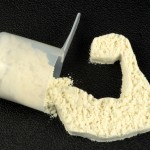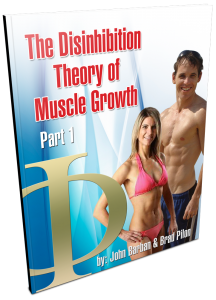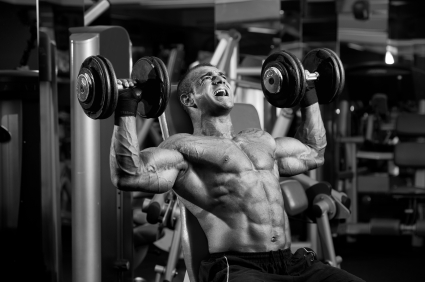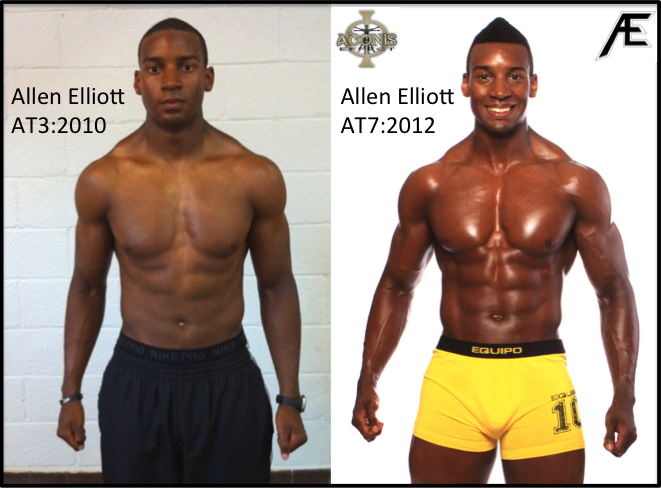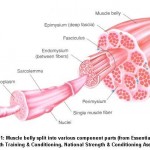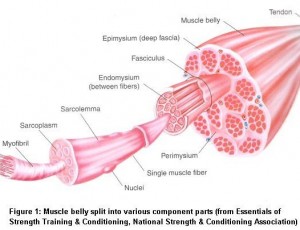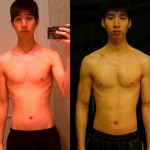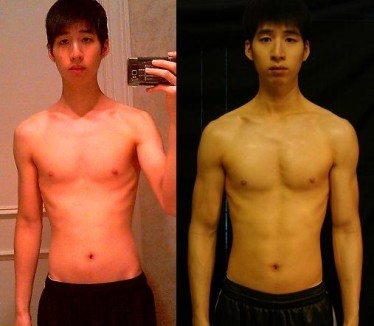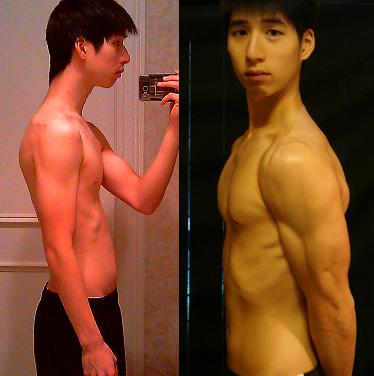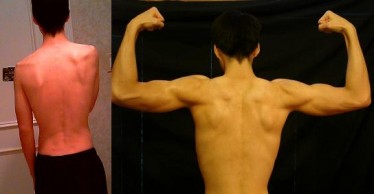Here’s the second part of this month’s UNCENSORED Podcasts Season 2.
Here’s what you discovered in the first part (link to the 1st part here):
- What’s catch up growth
- What’s the disinhibition/inhibition model and how does it apply to muscle growth
- How taking drugs basically means adding another engine to your car (body) meaning what bodybuilders do, doesn’t apply to your case in any way
- That fitness media completely loses touch with scientific research
- You can’t stimulate your body to grow more than it’s designed to, you can only remove inhibitors to allow your body to keep growing to its full ideal
- Different inhibitors that are preventing your muscle from growing
- That almost every single image you see of bodybuilders is enhanced, but after a while you’ve gotten used to it and started thinking of it as your genetic ideal
What Role Do Protein and Amino Acids Play in Muscle Growth?
It’s generally accepted that higher amino acid intake allows for muscle synthesis in the otherwise fasted state, but…
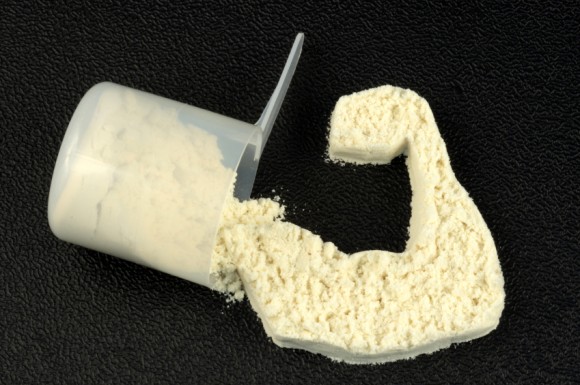
Can higher protein intake stimulate more muscle growth?
…the truth is, you can’t eat your way to muscle growth.
That’s just not going to happen.
In reality your goal should be to hit an adequate amount, in both calories and protein. Everyone thinks the key is in some sort of excess, but that’s the “stimulation model” forced at you by fitness media.
You have to realize that everybody has an energetic reserve. In fact a large person can go days without eating and still not have it affect the metabolic processes in his body.
It’s no the deficit itself that’s the determinant, but the ability to handle it, which depends on the amount of the reserve. In other words, the leaner you are the more and more frequently you will eat.
…And what if you try to eat more?
Well, in a nutshell your body deals with excess by burning it, storing it or by getting rid of it.
So, let’s say you buy a weight gainer product and you try to dose your way up to bigger muscles.
Well, once you listen to todays podcast you’ll understand that you’re consciously investing in storing these excess calories as fat! That sucks, doesn’t it?
But that’s pretty much what the food and supplement companies are selling you. You are paying to be fat, how crazy is that?
Now that applies mostly to excess calories, but too much protein works almost the same. Most guys think you have to take a protein shake five times a day and even in the middle of the night, because your “body is starving“, right?
The truth is that your body is pretty well-designed and it handles excess protein in a smart way – it stores it as a reserve and uses it during your fasted state.
There is a sweet spot to every biological process. You can also imagine each process as a spectrum. On the left side you have a malnourished, 14 year-old marathon runner and on the right side you have the wanna be bodybuilder who is mega dosing calories and protein, but he is just getting fat. Both are extremes, you want to be in the middle, eat enough protein and calories to maintain what you have and build even more muscle while losing all the fat and getting ripped.
Your body is breaking down and building things up every day – you are not built of the same stuff as you were a year ago.
Just like your bank account, something goes in, something goes out, so over time it may look the similar, but it’s never the exact same money.
In today’s UNCENSORED training, you will discover and learn: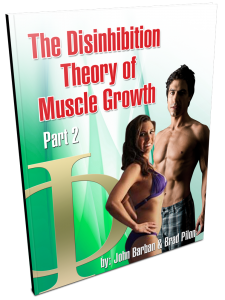
- What’s the genetic ideal and genetic ideal shape for you and if you can go beyond it
- What role does protein play and what you need to do to remove protein intake as an inhibitor
- The answer to whether extra protein intake helps with muscle building
- What happens when you get from the adequate intake spectrum below to the low levels of caloric and protein intake or on the other hand to high levels of excessive intake
- What are your only ways of affecting the shape of your body
- How the environment you live in translates into your ability to get in shape
- What body are you capable of building when you remove all of the inhibitors
- What’s novel stimulus and how it relates to muscle growth
- What’s the difference in muscle gains and strength gains
- If small forearms are preventing you from making your arms bigger
- How a calf injury can mean shoulder pain and inability to work out properly
- Revealing an argument why you should fast to remove yet another inhibitor
- Whether working out and or running is removing an inhibitor, introducing new inhibitor or accelerating your growth (hint: it’s not the one you think)
- How to look at your life with a new mindset and target all the inhibitors and remove them
IMMERSION Clients May Login and Download Podcast Here
Not an Adonis Index IMMERSION client? Click here to find out more… and hear a weird story too
